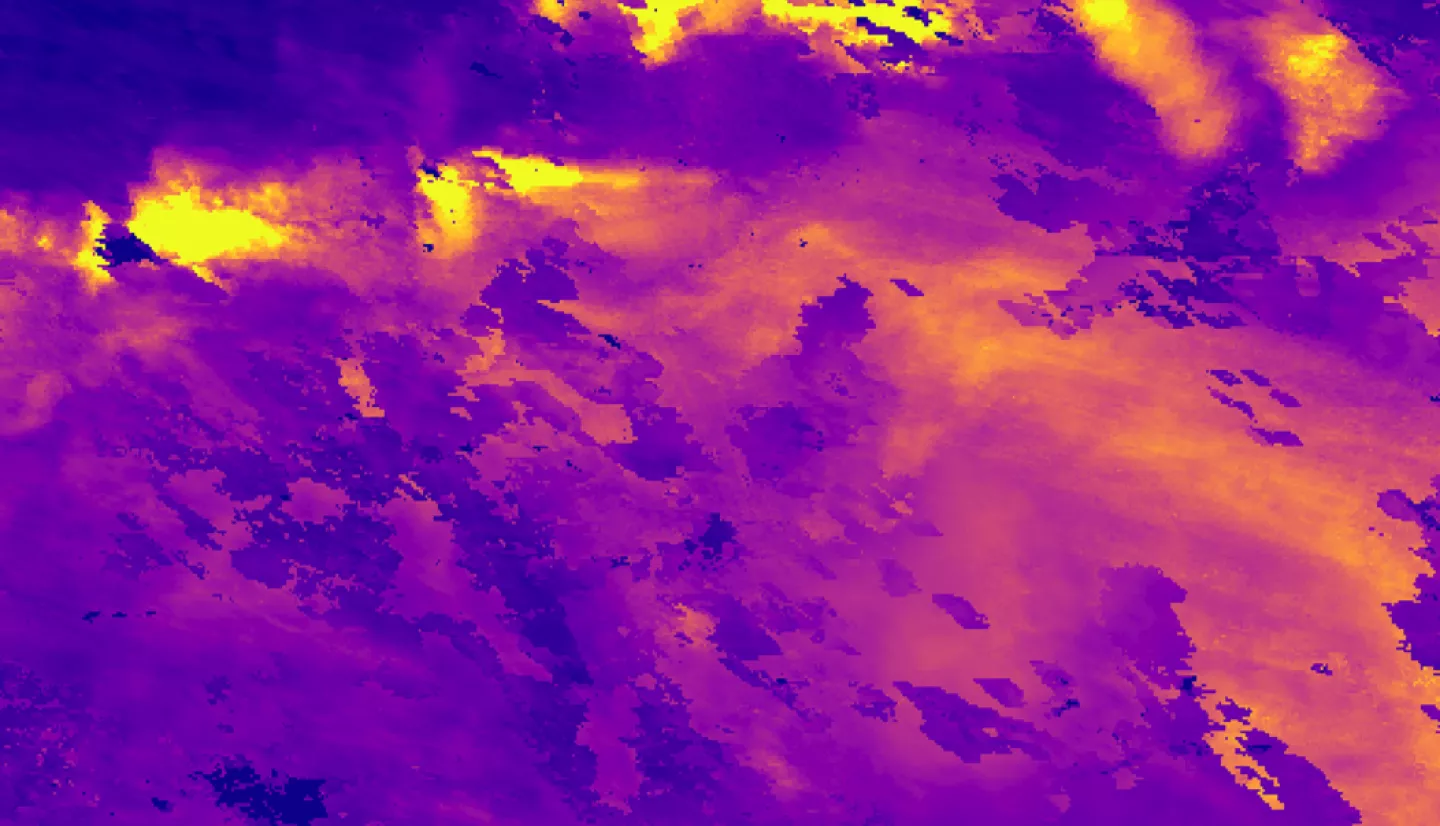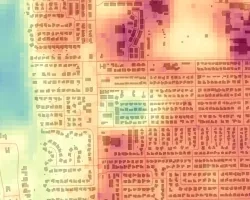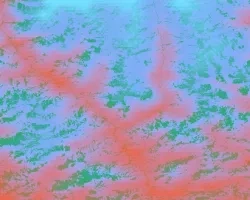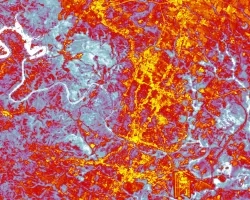Colorado Springs Health and Air Quality (2023 Spring)
Team: Olivia Etherton, Jeanette Moritz, Joshua Stokes, Ephrata Yohannes
Summary: The City of Colorado Springs, situated in Colorado’s Front Range corridor, is grappling with poor air quality exacerbated by intensifying wildfire regimes, fueled by climate change. Pollutants of particular concern to Colorado Springs include particulate matter and ground level-ozone (O3), which are known to negatively impact the respiratory and cardiovascular systems. The city is on the verge of exceeding the 70 parts per billion (ppb) ozone standard set by the Environmental Protection Agency (EPA) pursuant to the Clean Air Act. The NASA DEVELOP team partnered with Colorado Springs to explore how Earth observations can be leveraged to enhance its air quality management and disaster resilience associated with air pollution from wildfire events. Satellite retrievals of aerosol optical depth (AOD) and nitrogen dioxide (NO2) served as proxies for particulate matter and ozone, respectively. Satellite-derived measurements have the potential to provide more continuous coverage of air pollution than ground monitors. The team analyzed annual, sub-annual, and wildfire-related trends in the City’s air quality using NASA’s Moderate Resolution Imaging Spectroradiometer (MODIS), NASA’s Cloud-Aerosol Lidar with Orthogonal Polarization (CALIOP), the European Space Agency’s (ESA) TROPOspheric Monitoring Instrument (TROPOMI), and in situ measurements taken from the EPA’s network of air quality ground monitoring stations. The team used in situ measurements as well as CALIOP data and aerosol profiles to cross-validate MODIS AOD retrievals. The findings of this feasibility study were limited by a lack of spatially dispersed ground monitors for data validation, cloud coverage interference with satellite retrievals, and variable temporal coverage for each satellite. The team's work demonstrated that these tools can capture spatiotemporal trends in air quality, but more work needs to be done if they are to support real-time decision-making.



